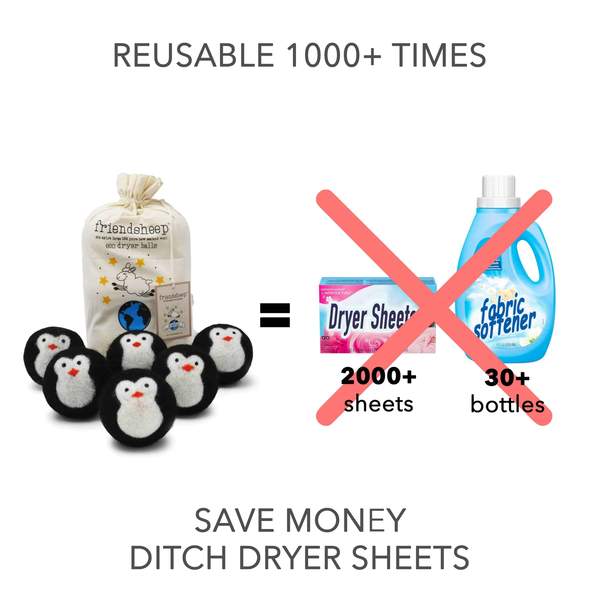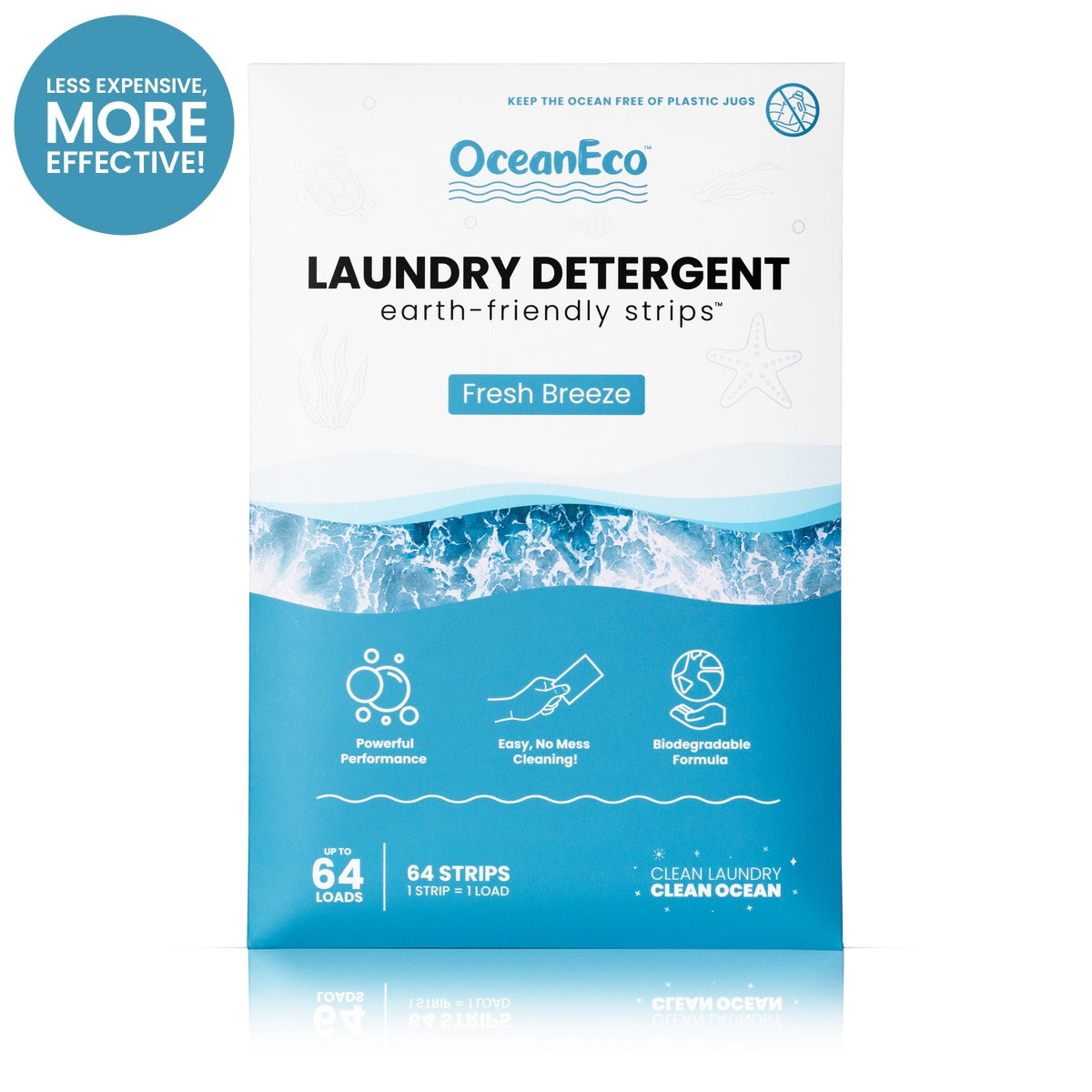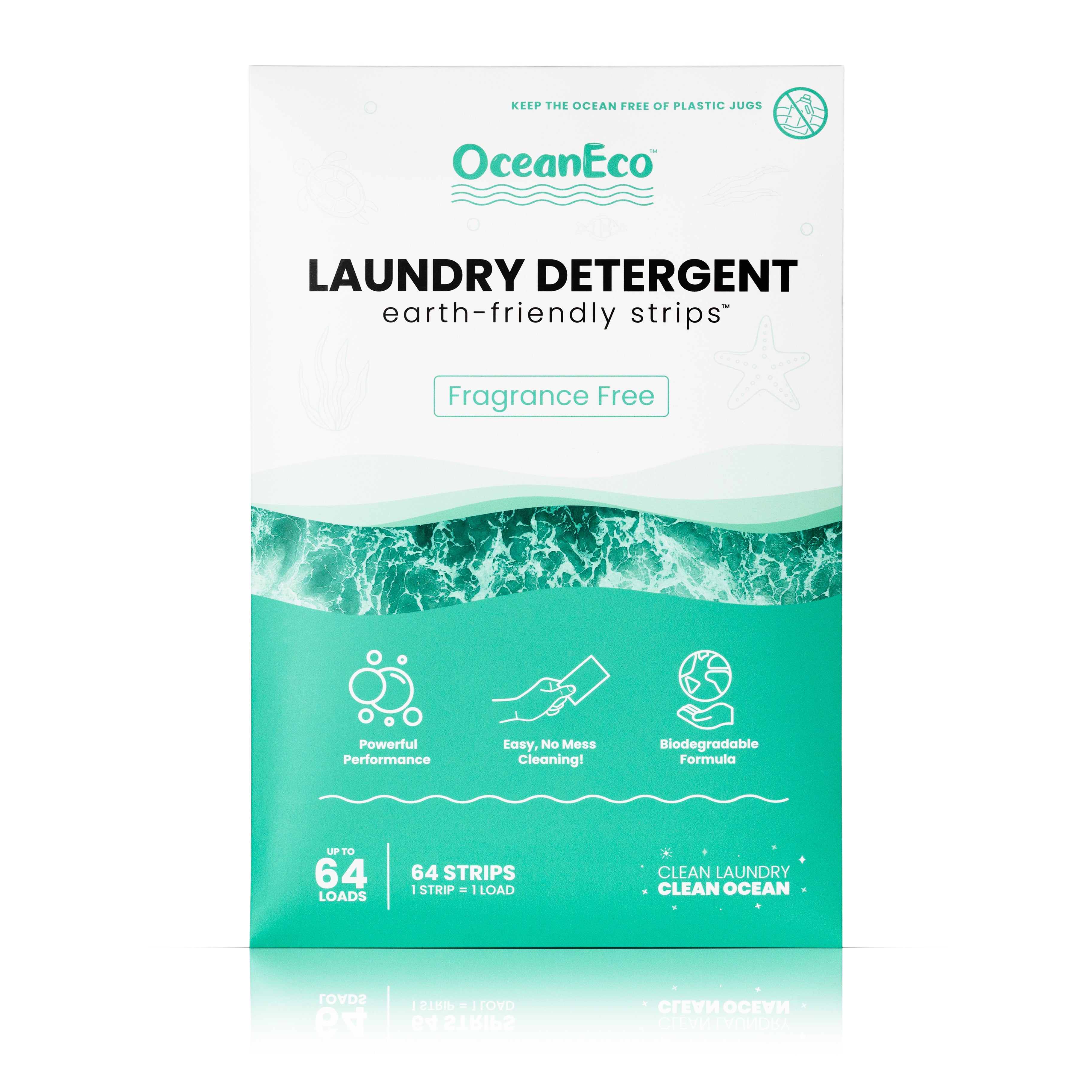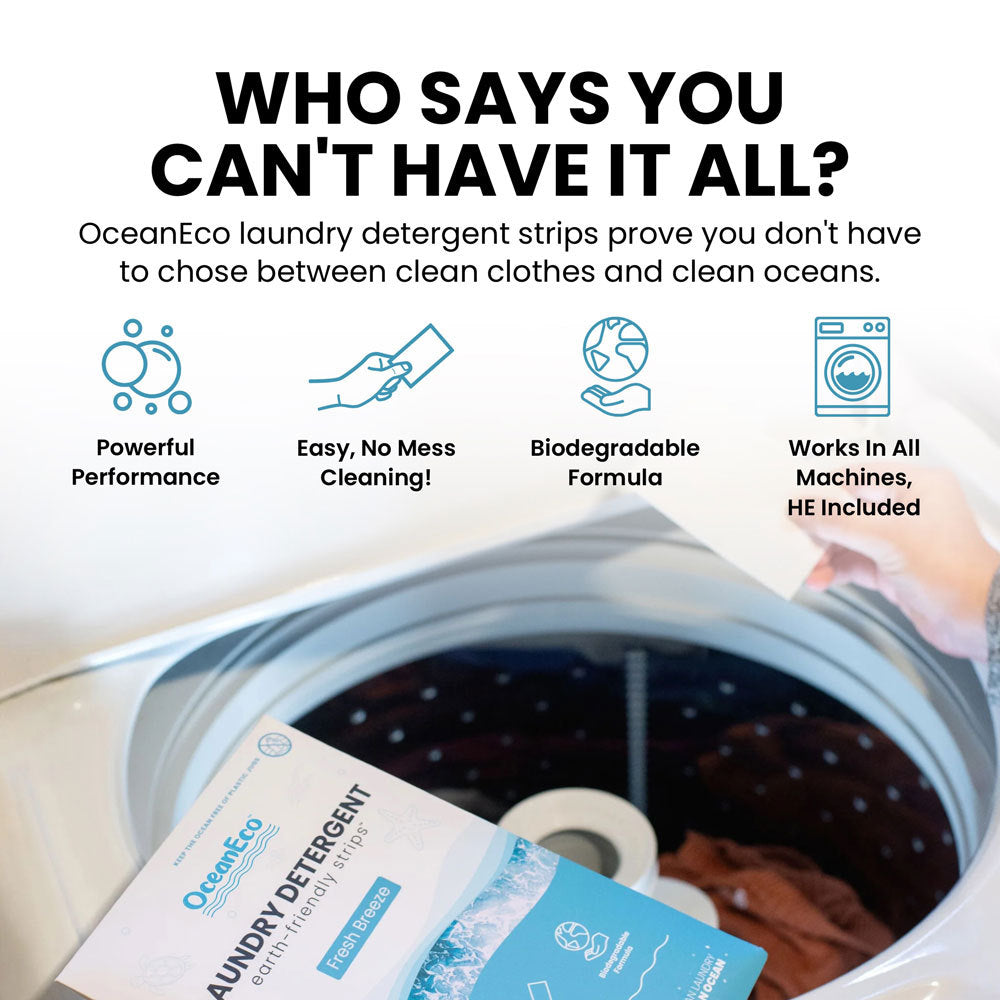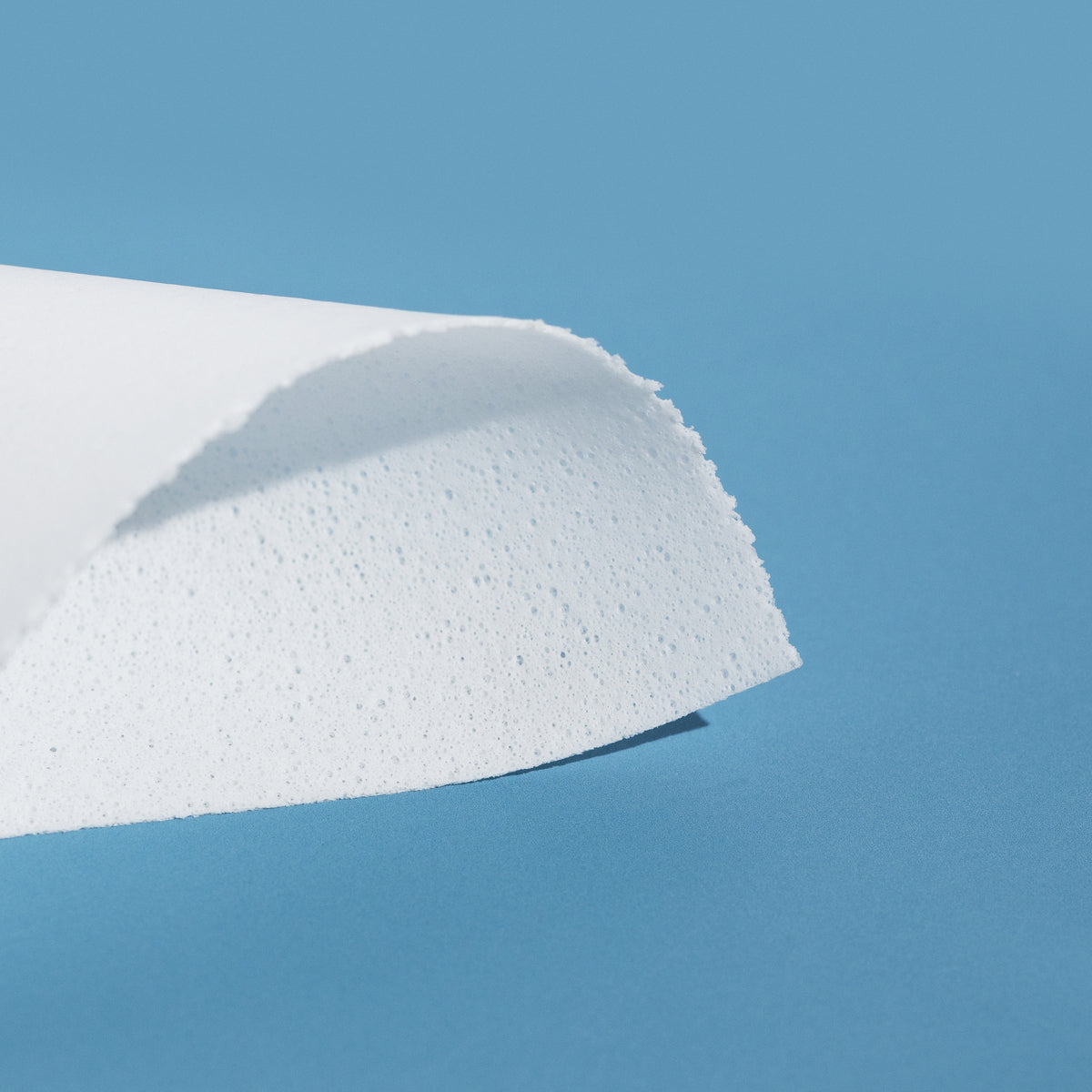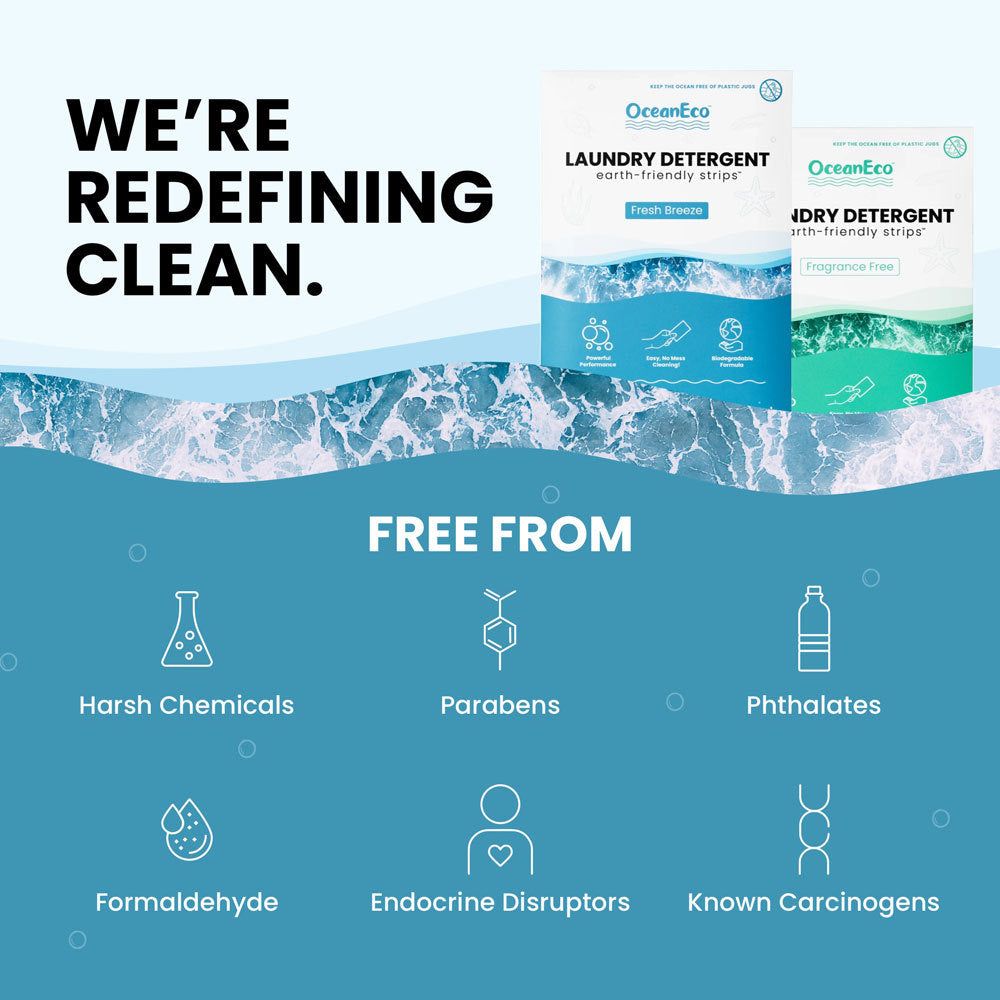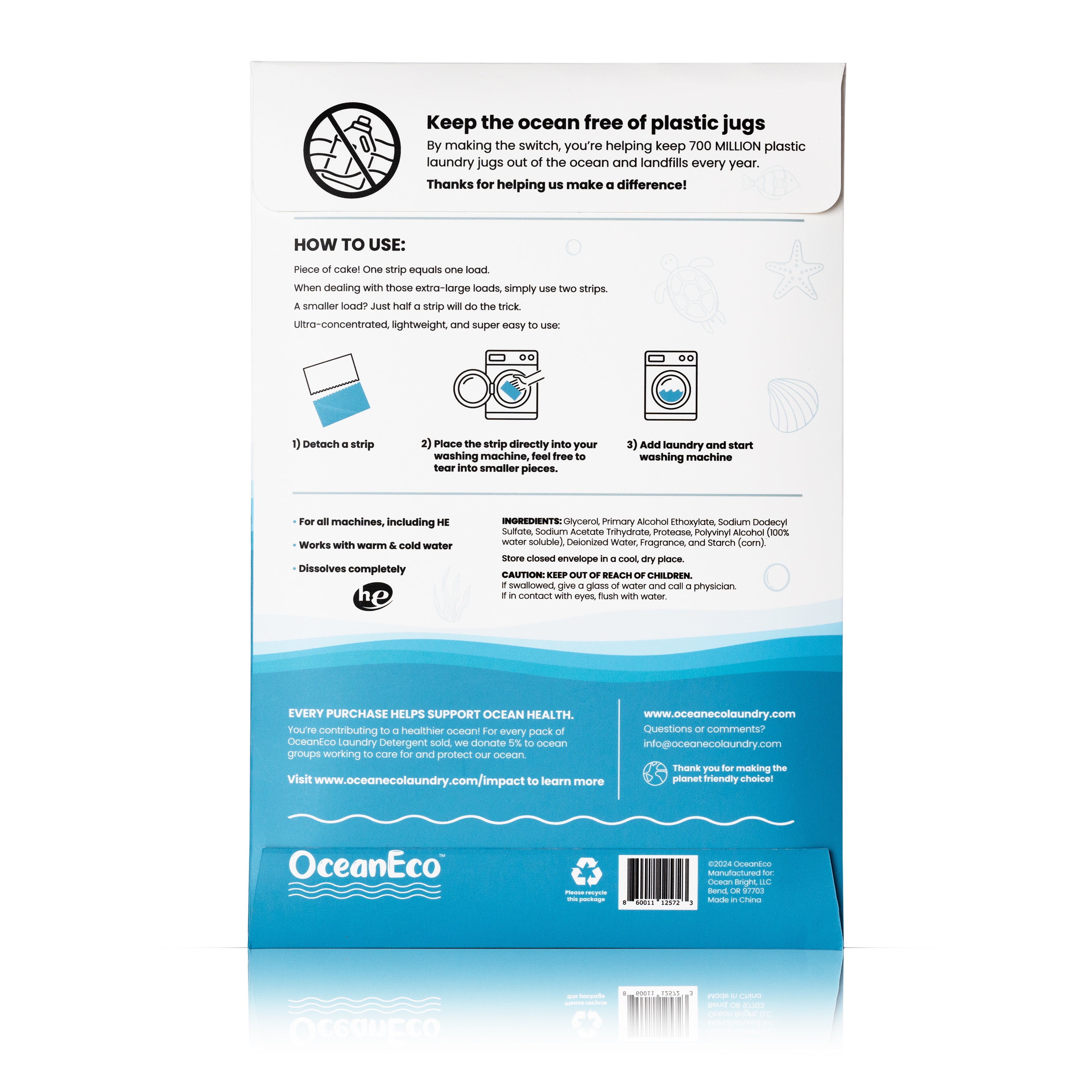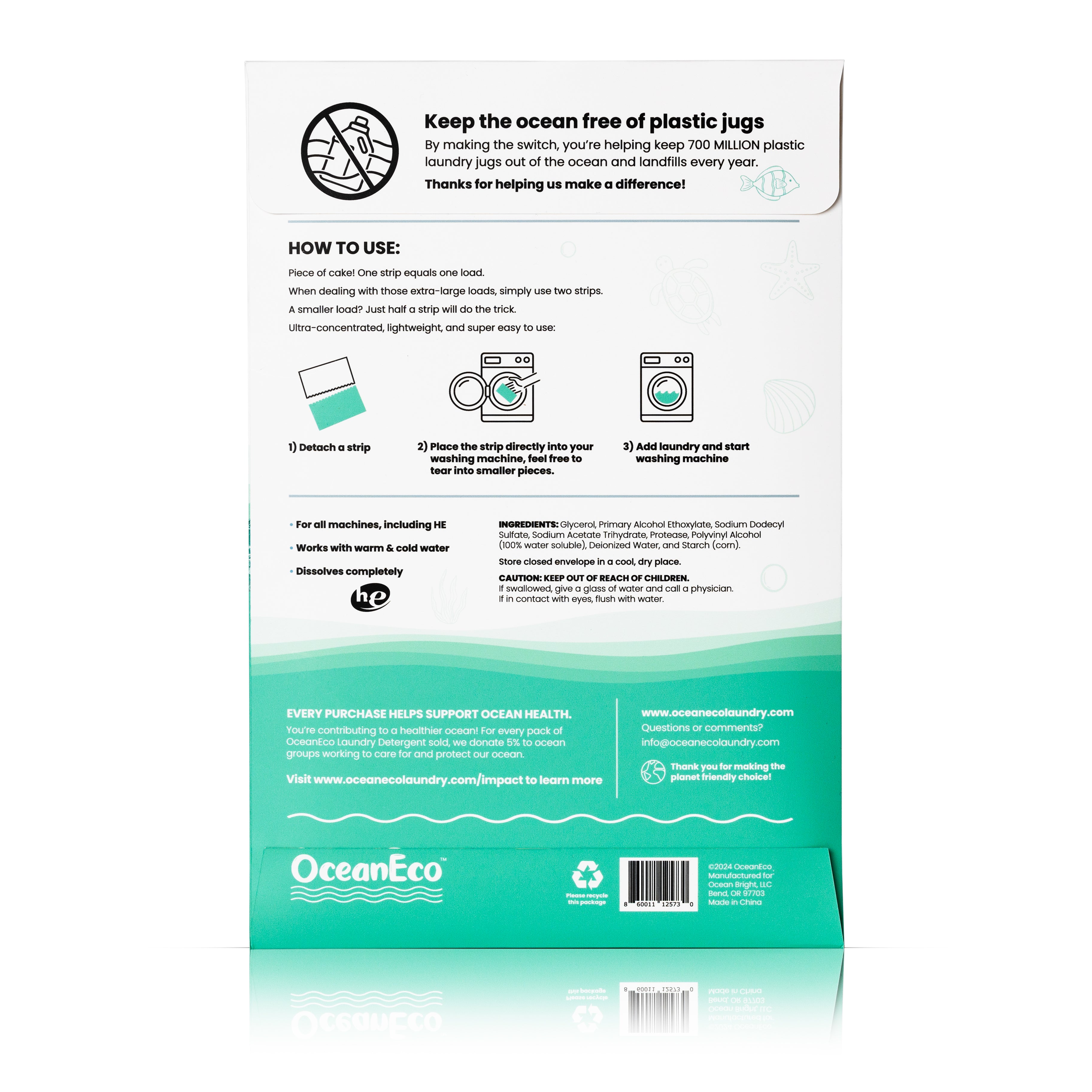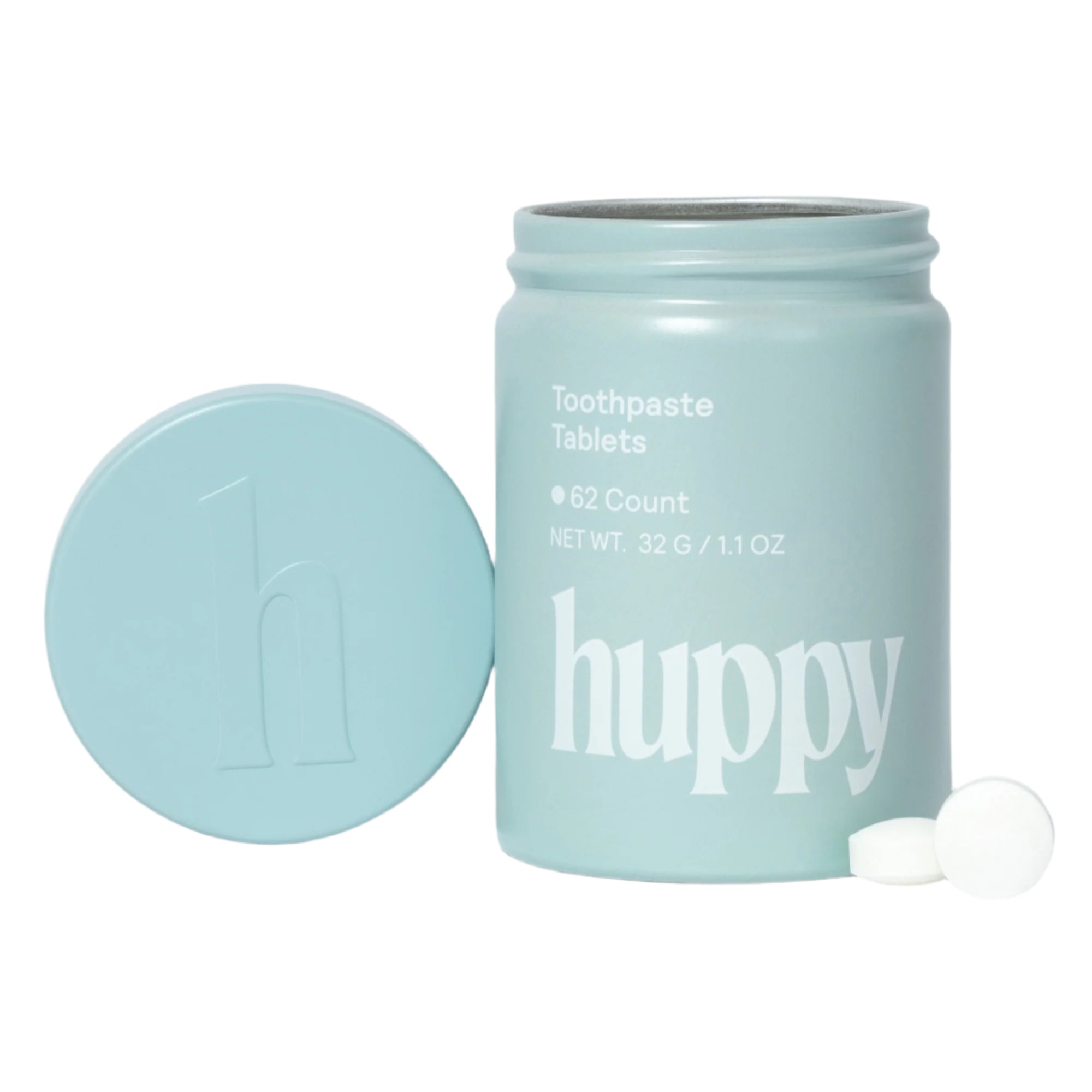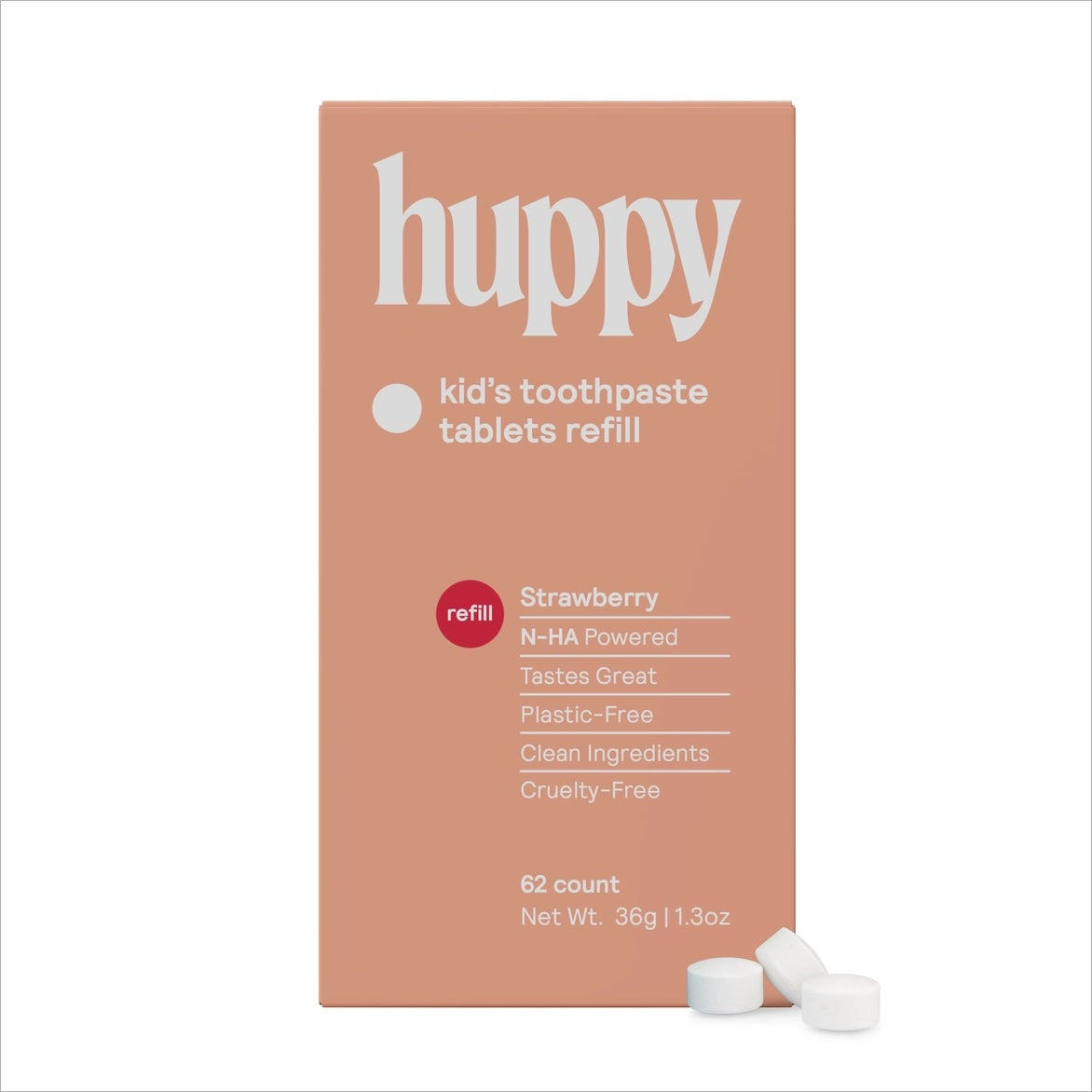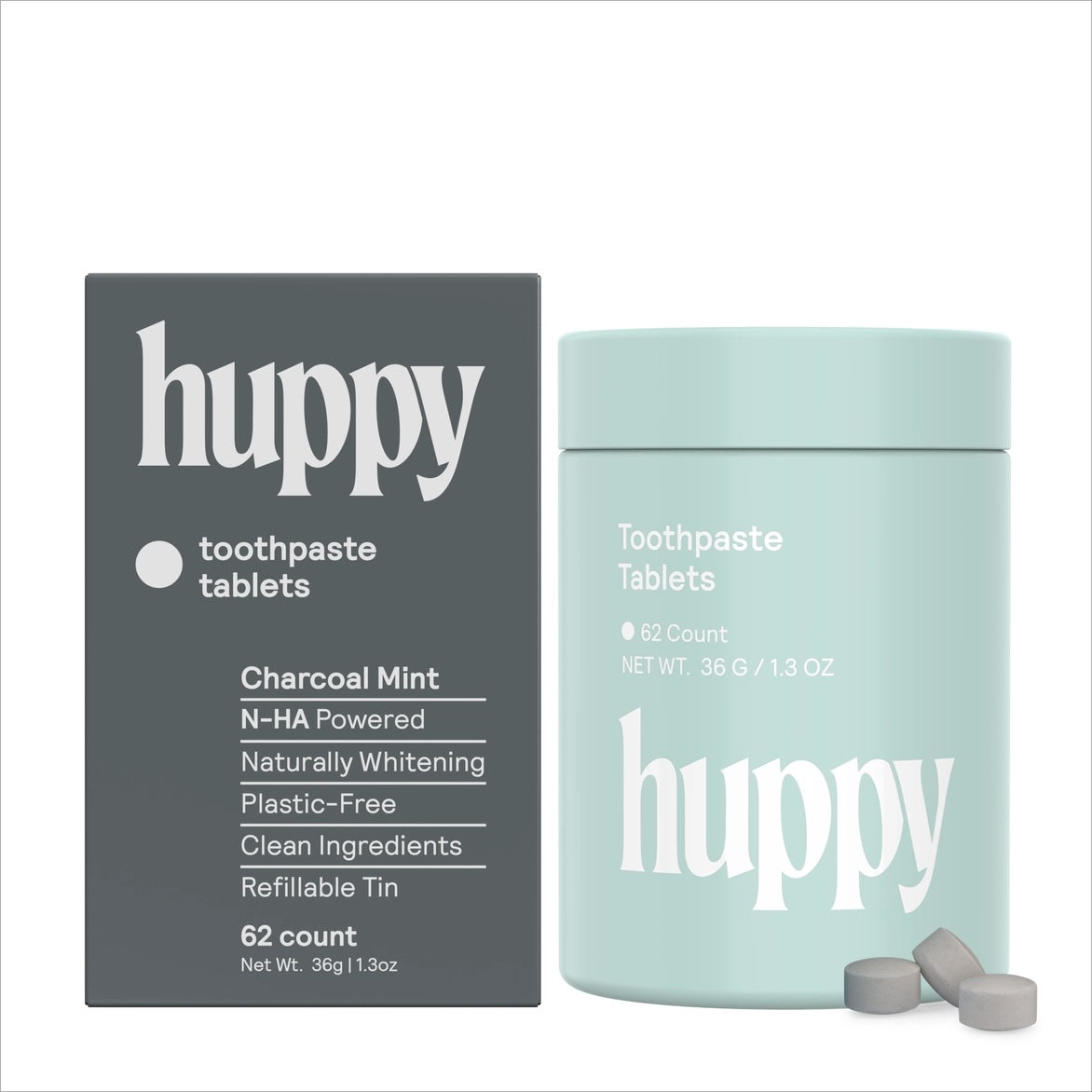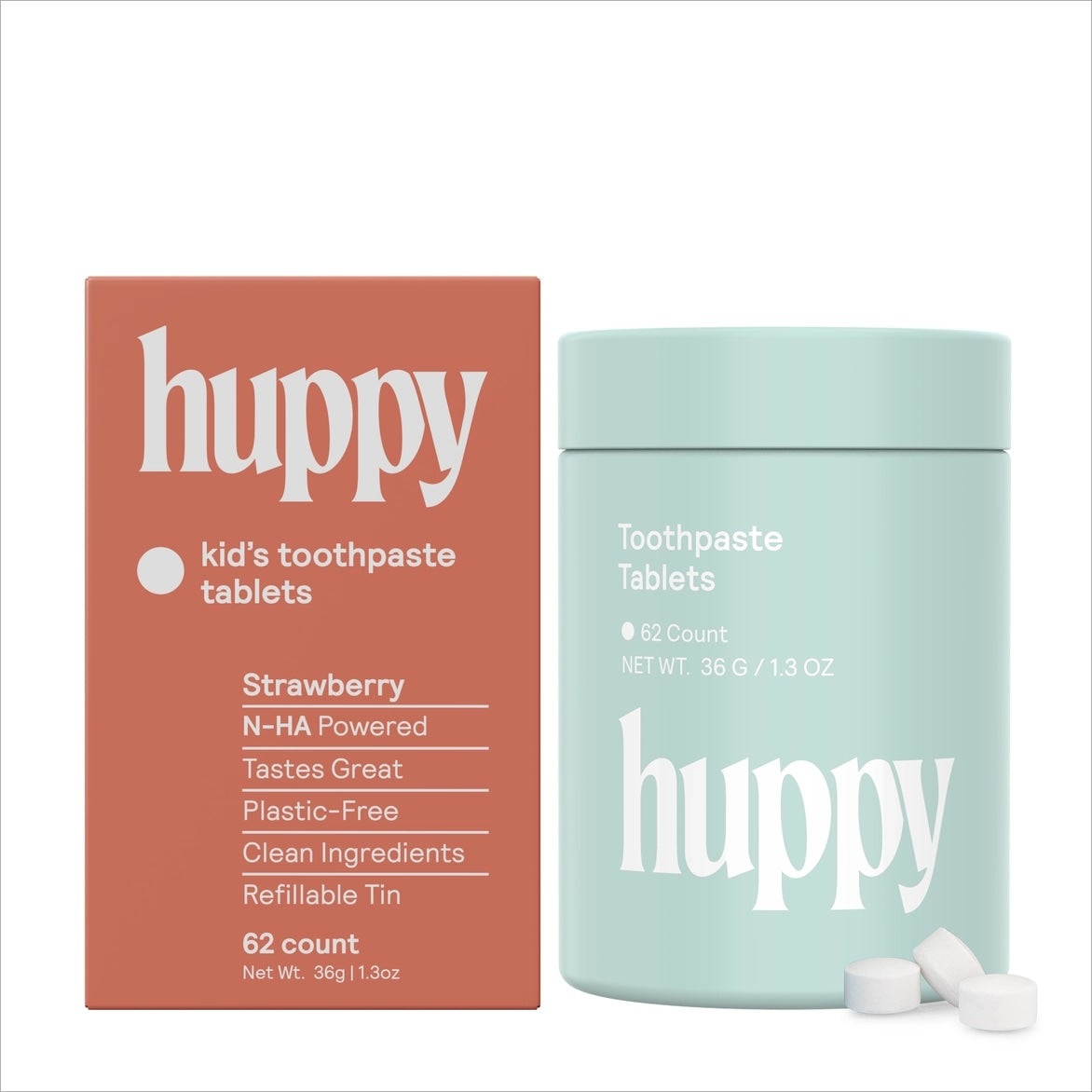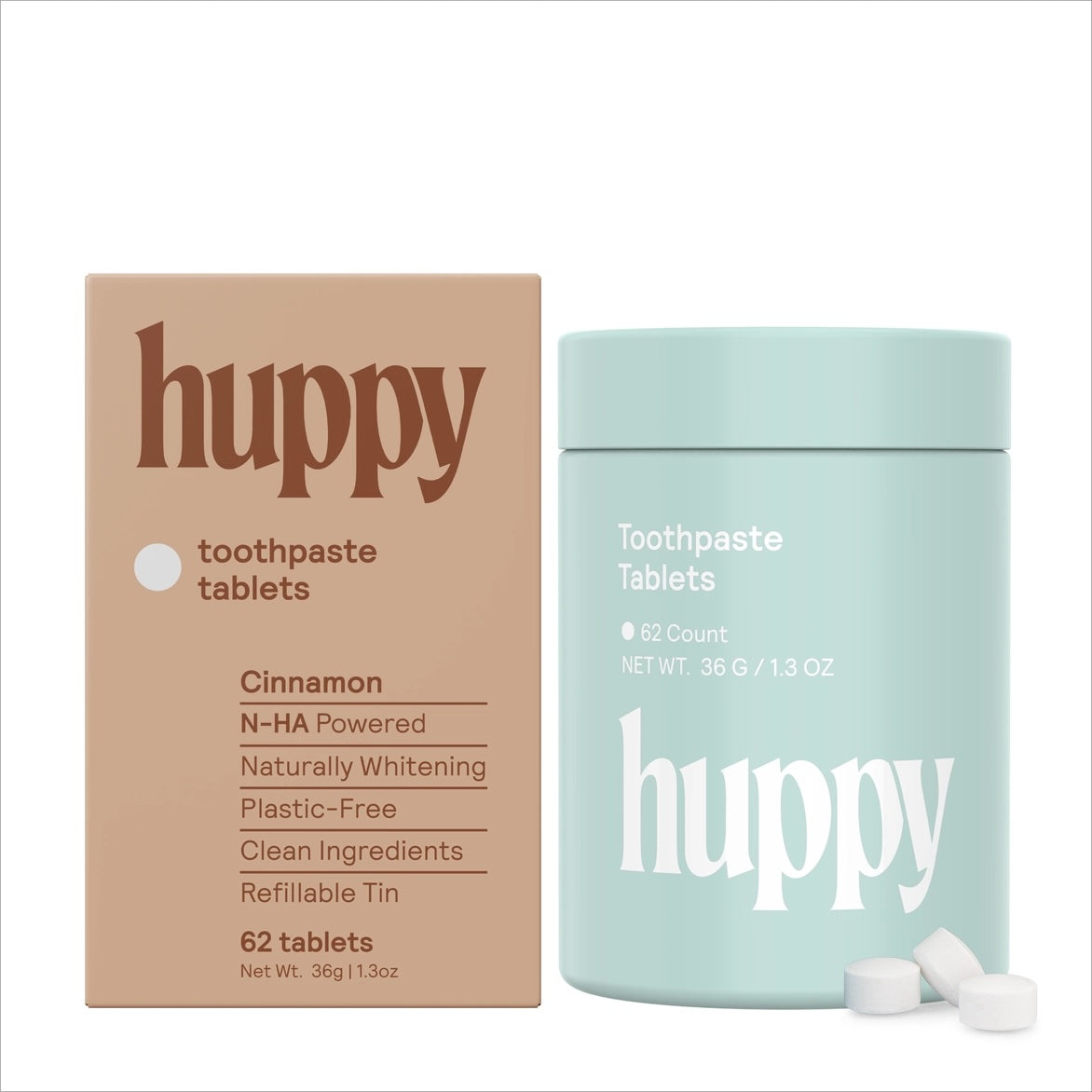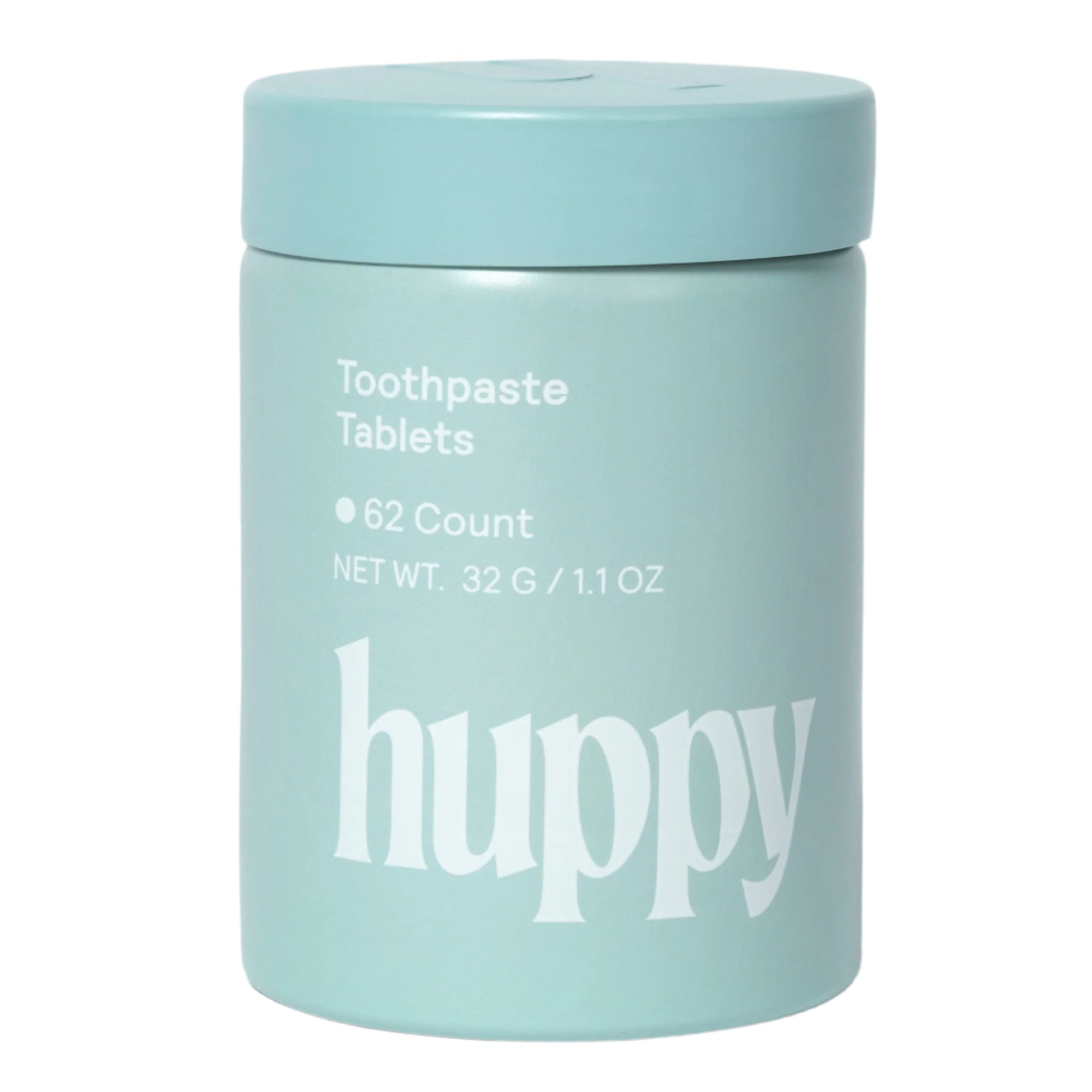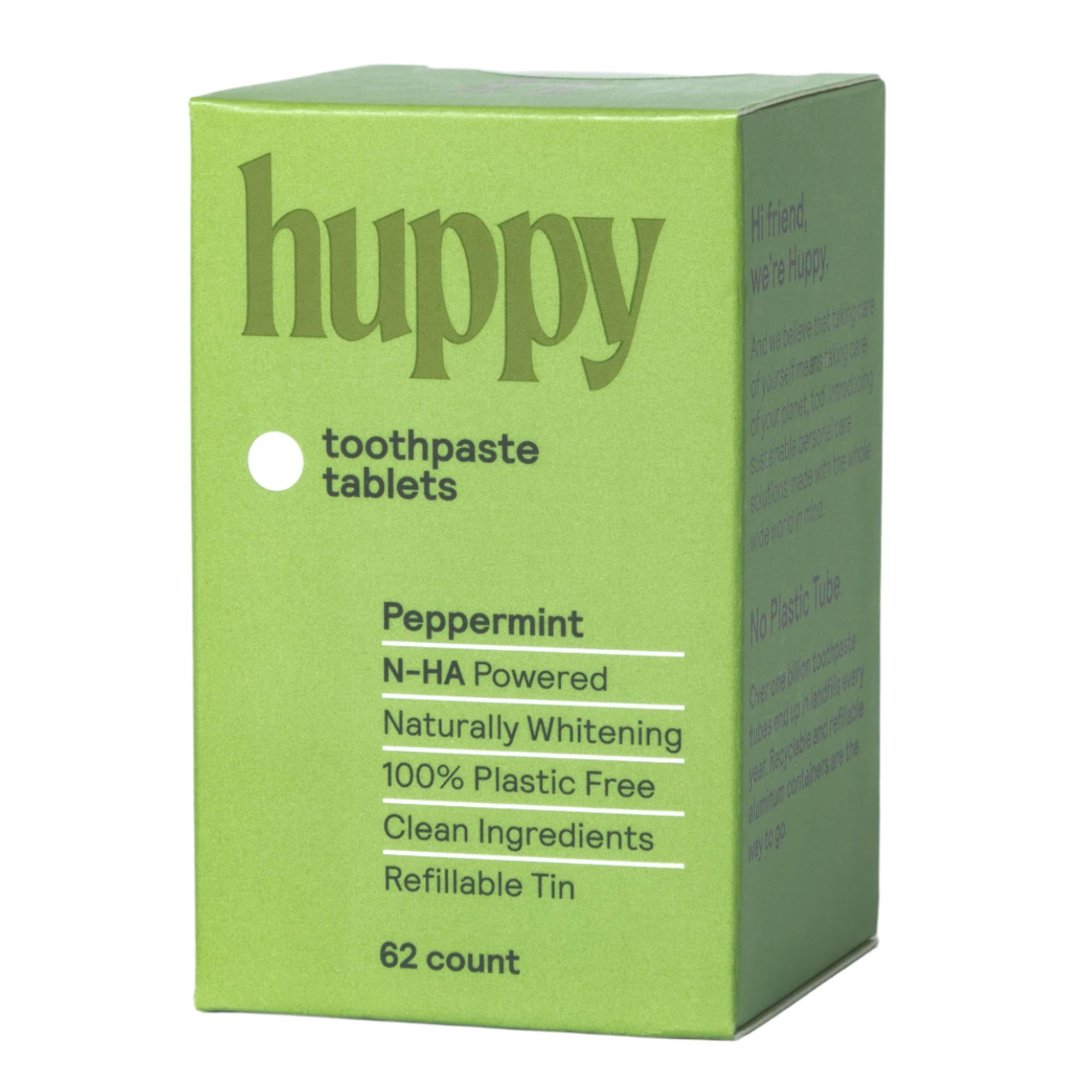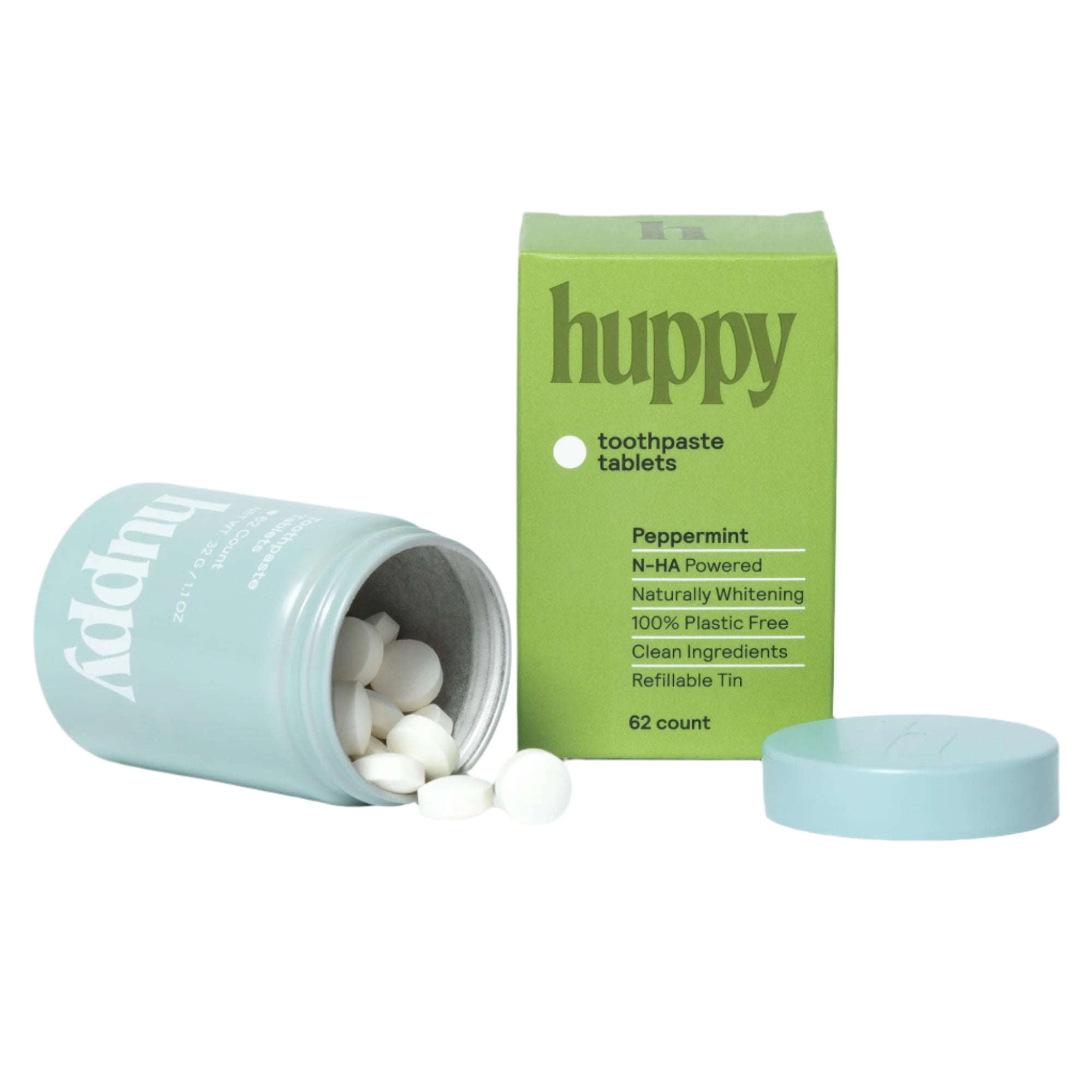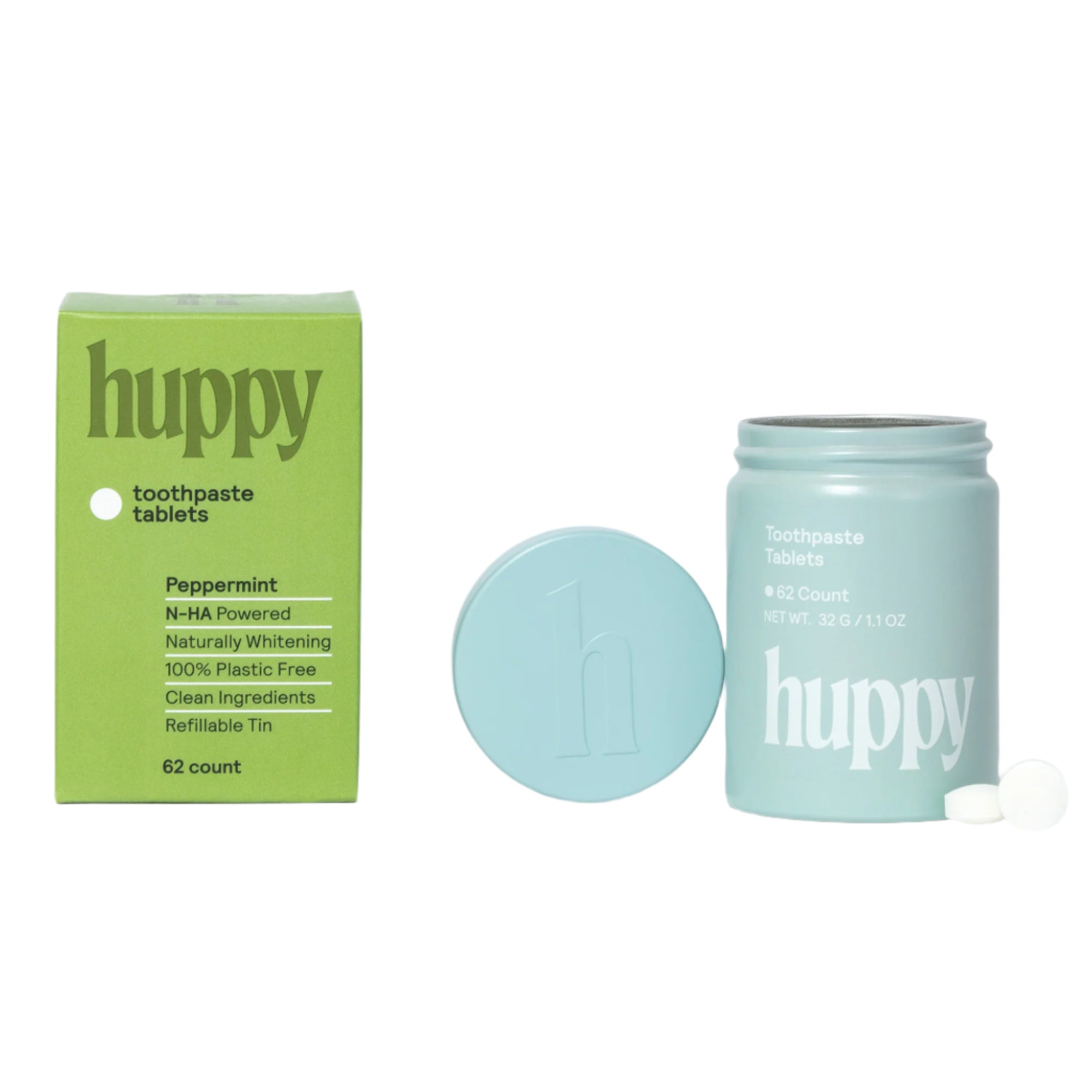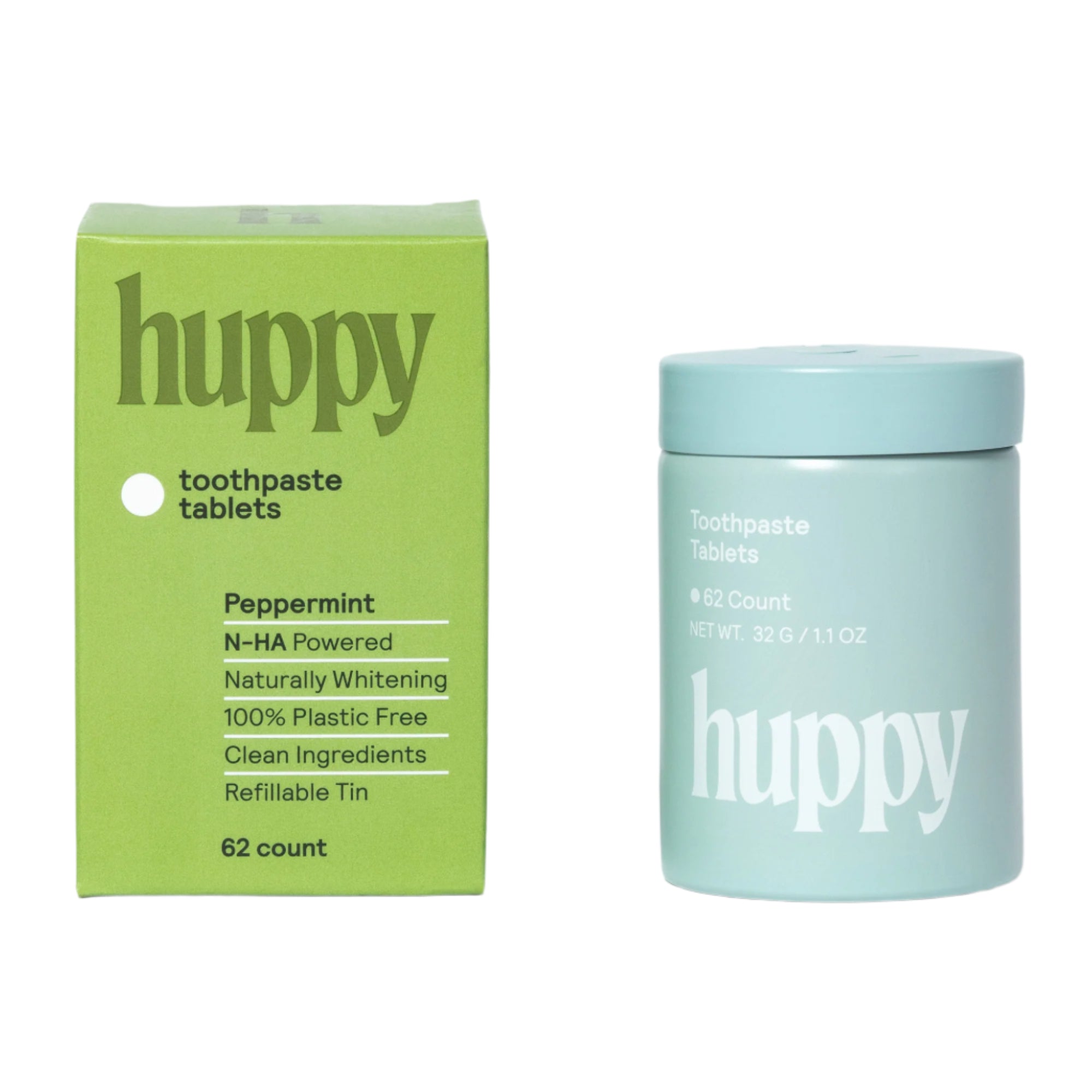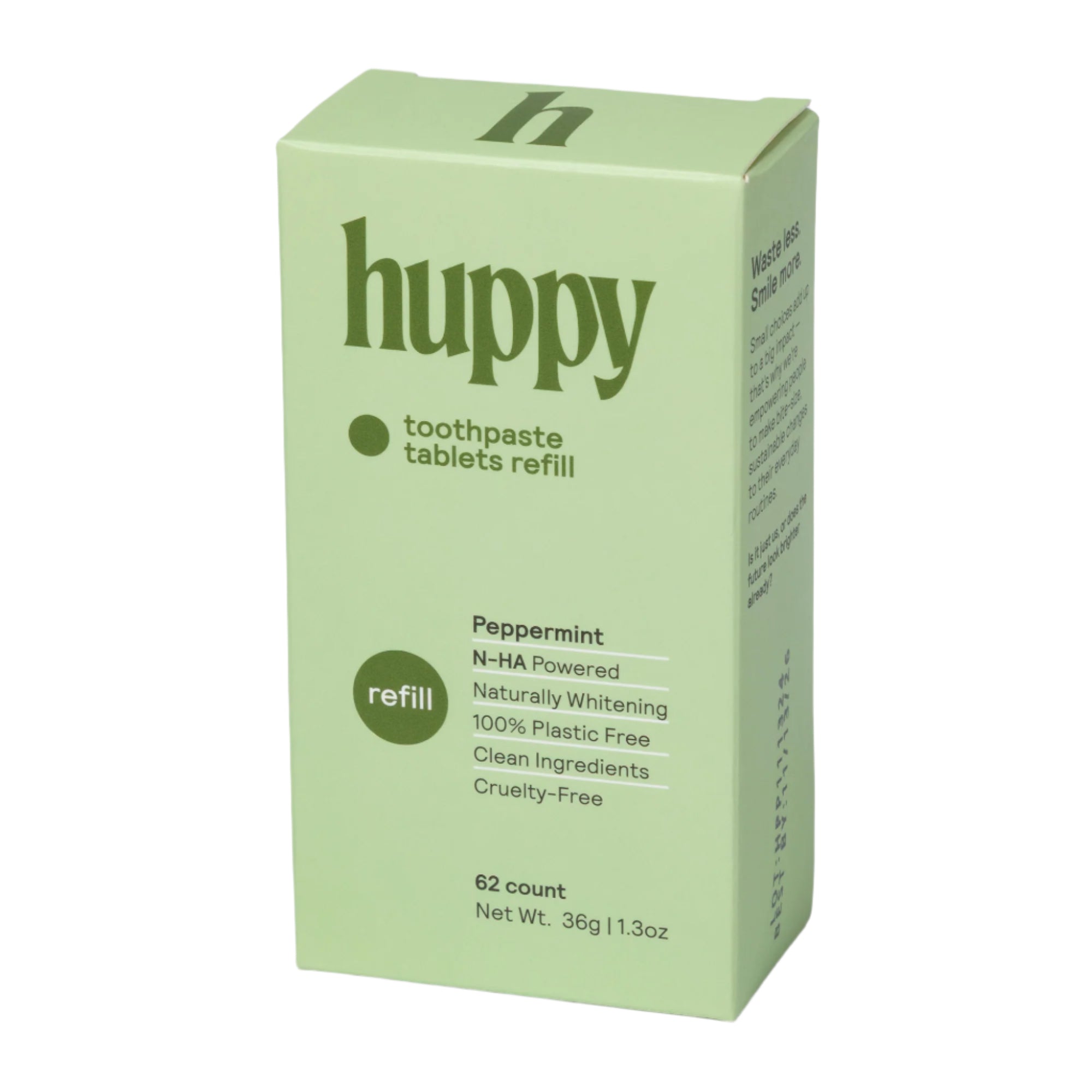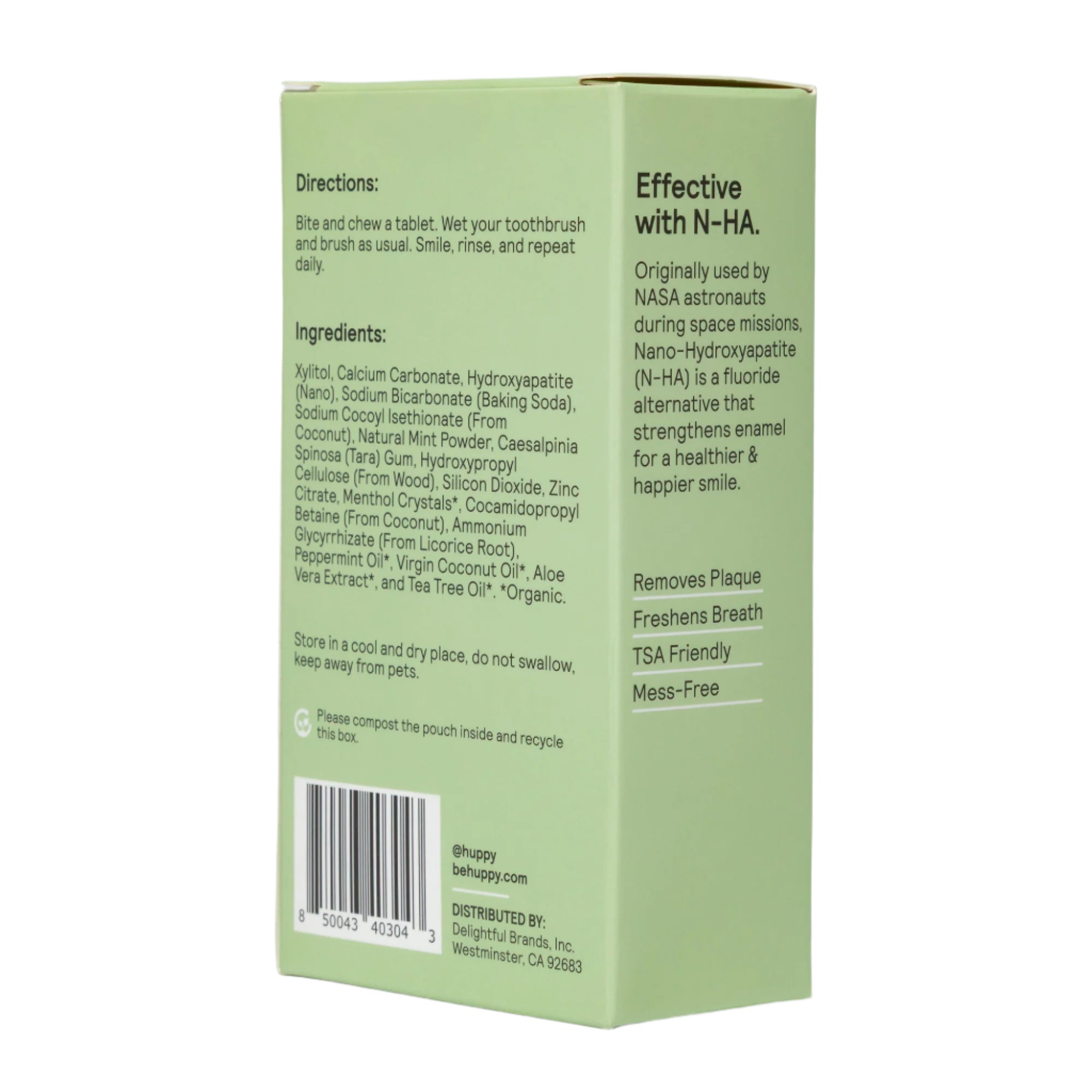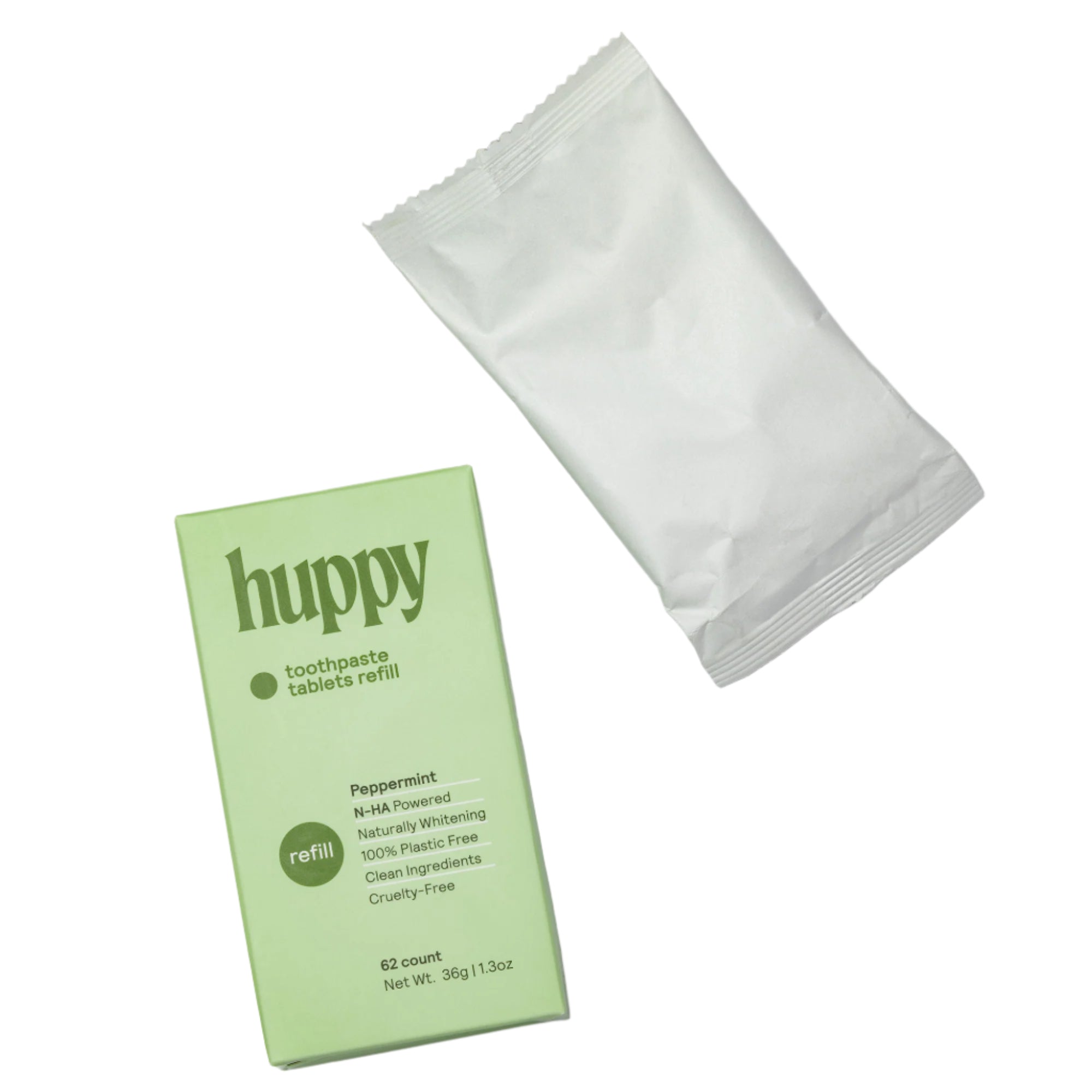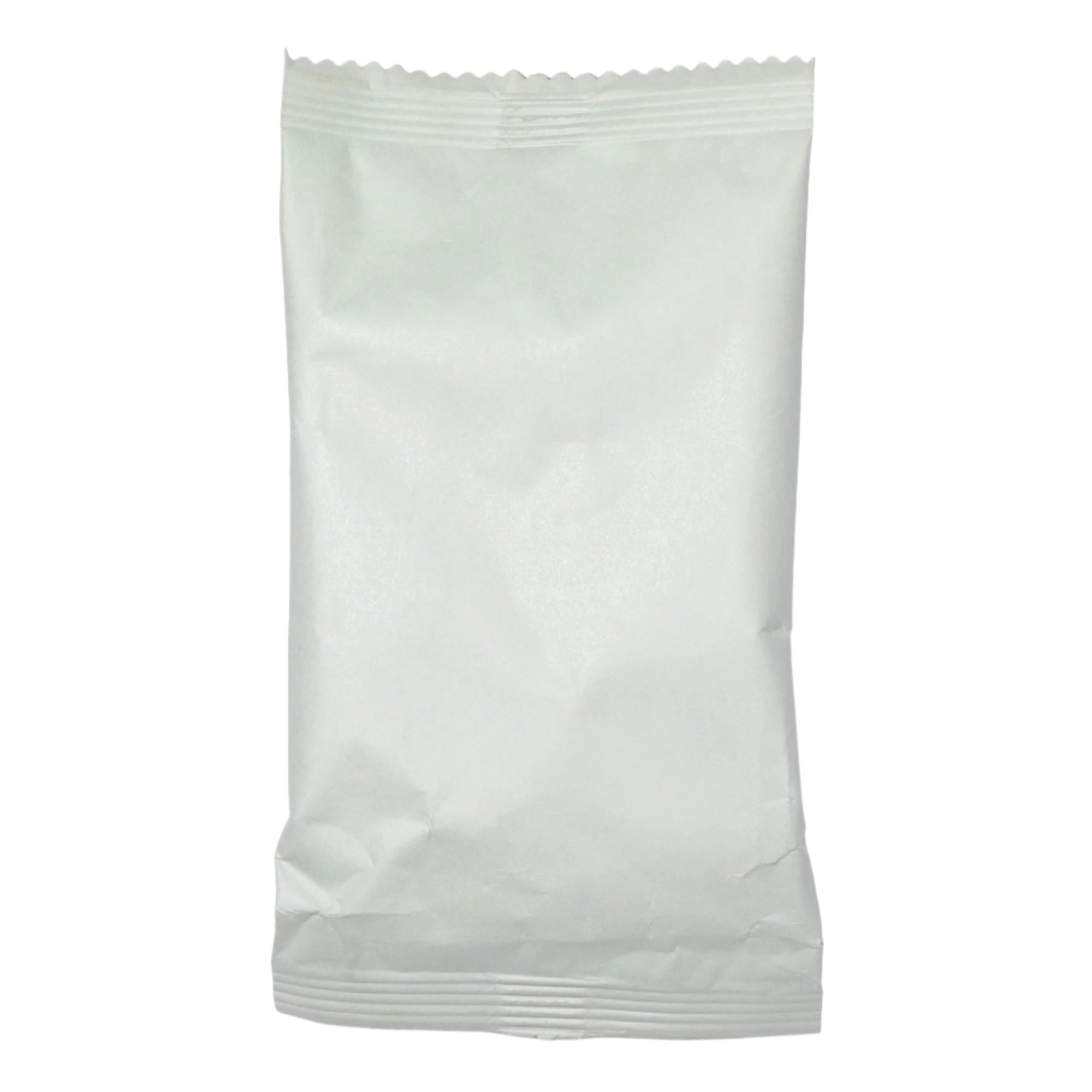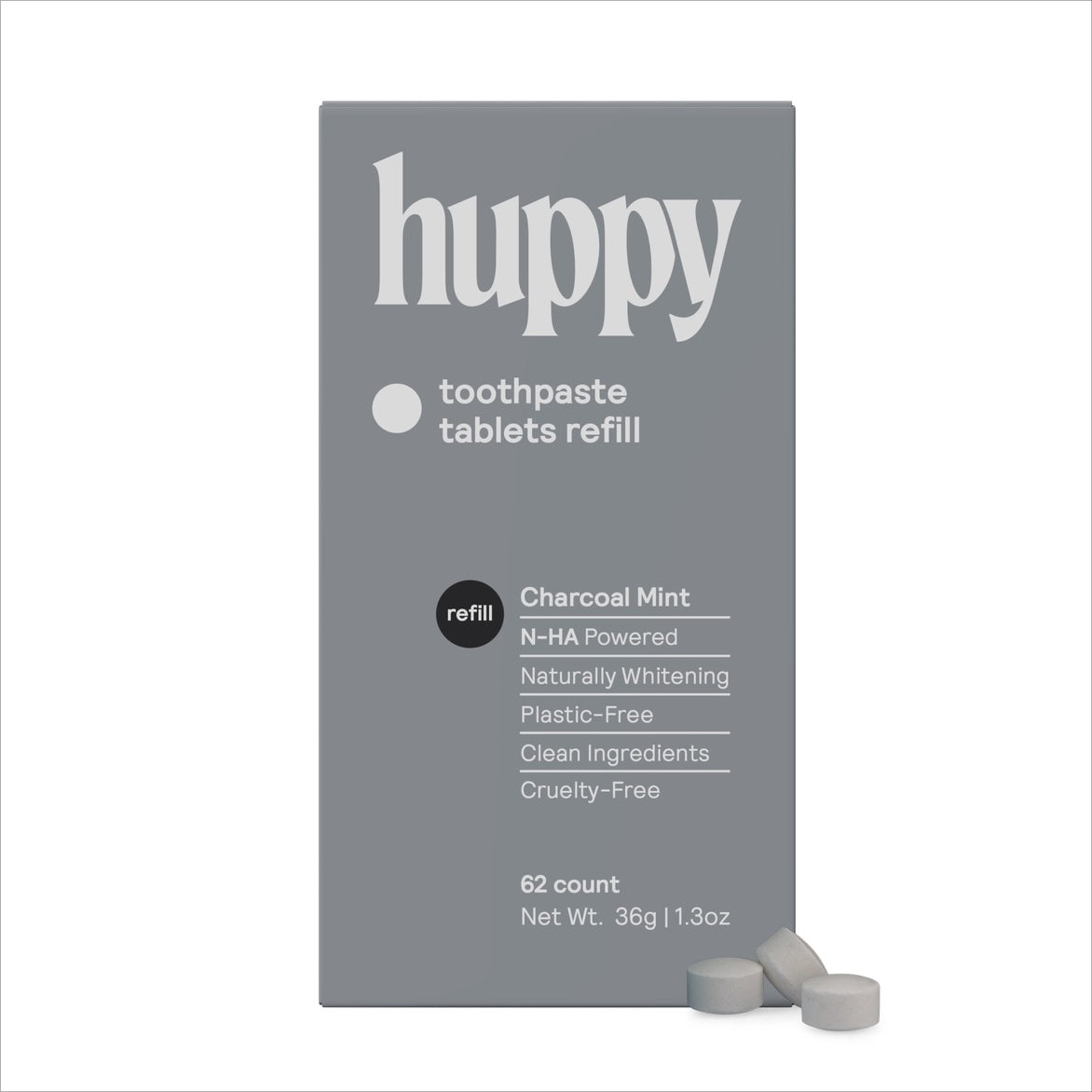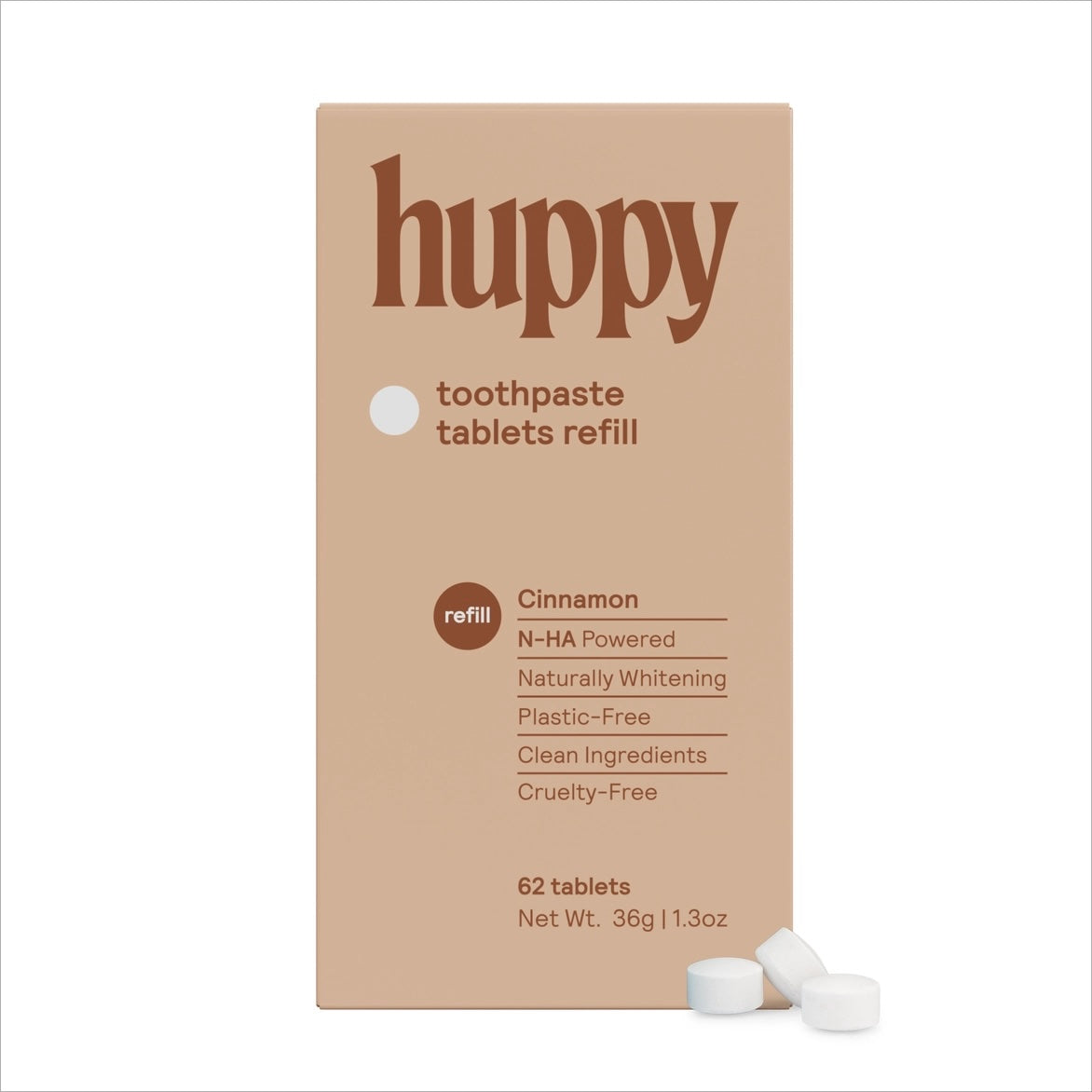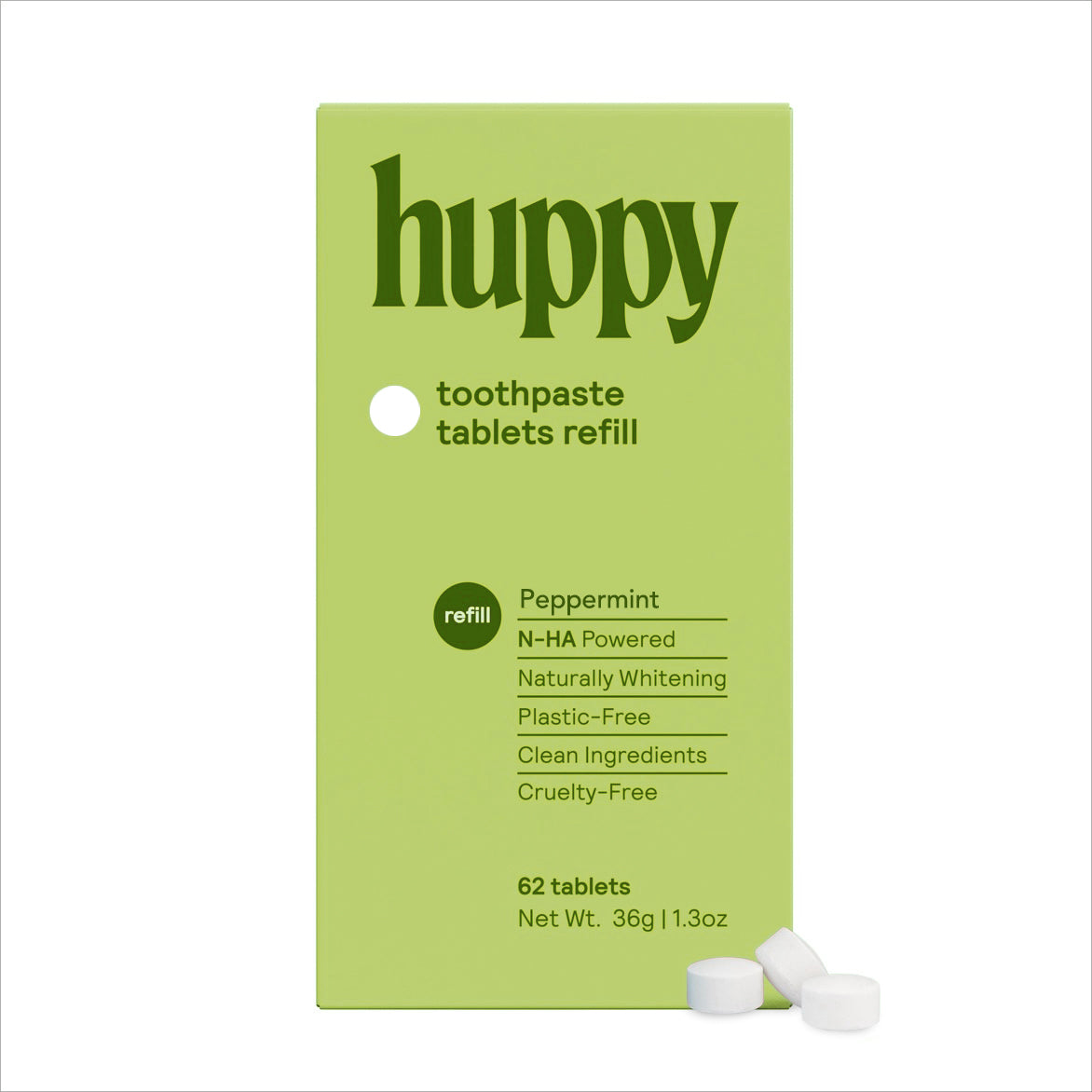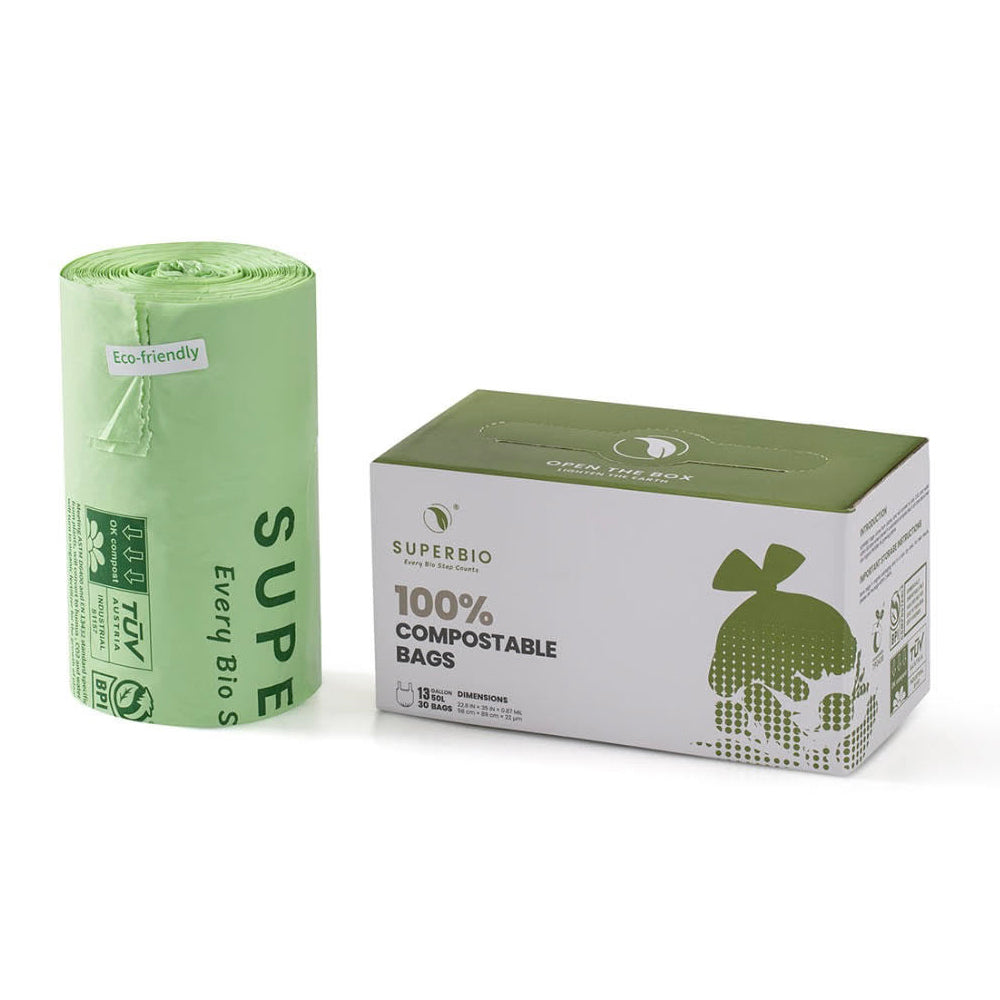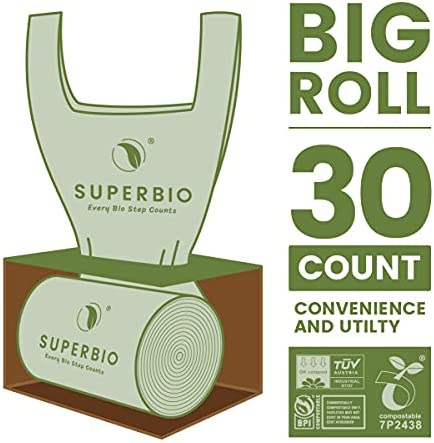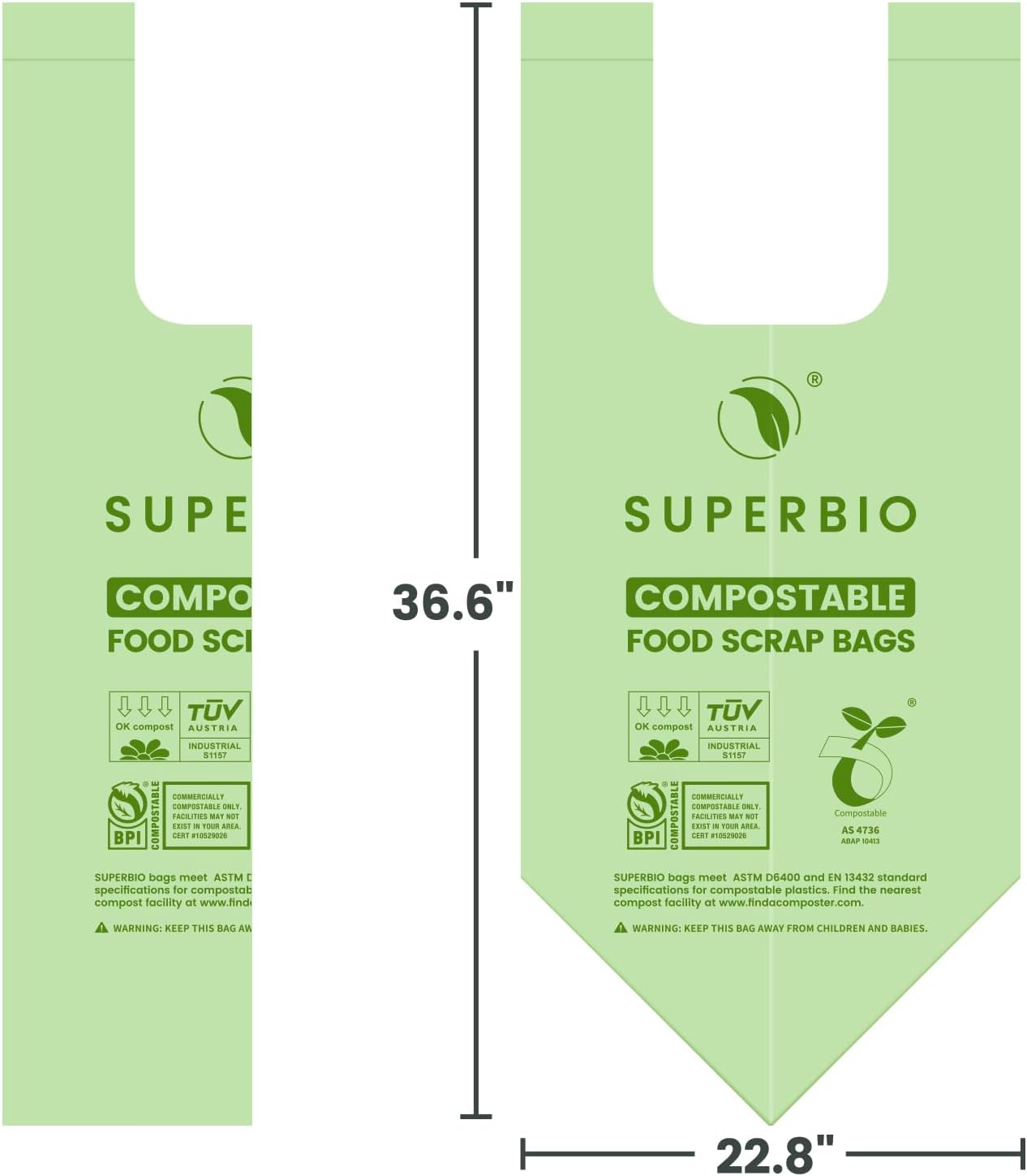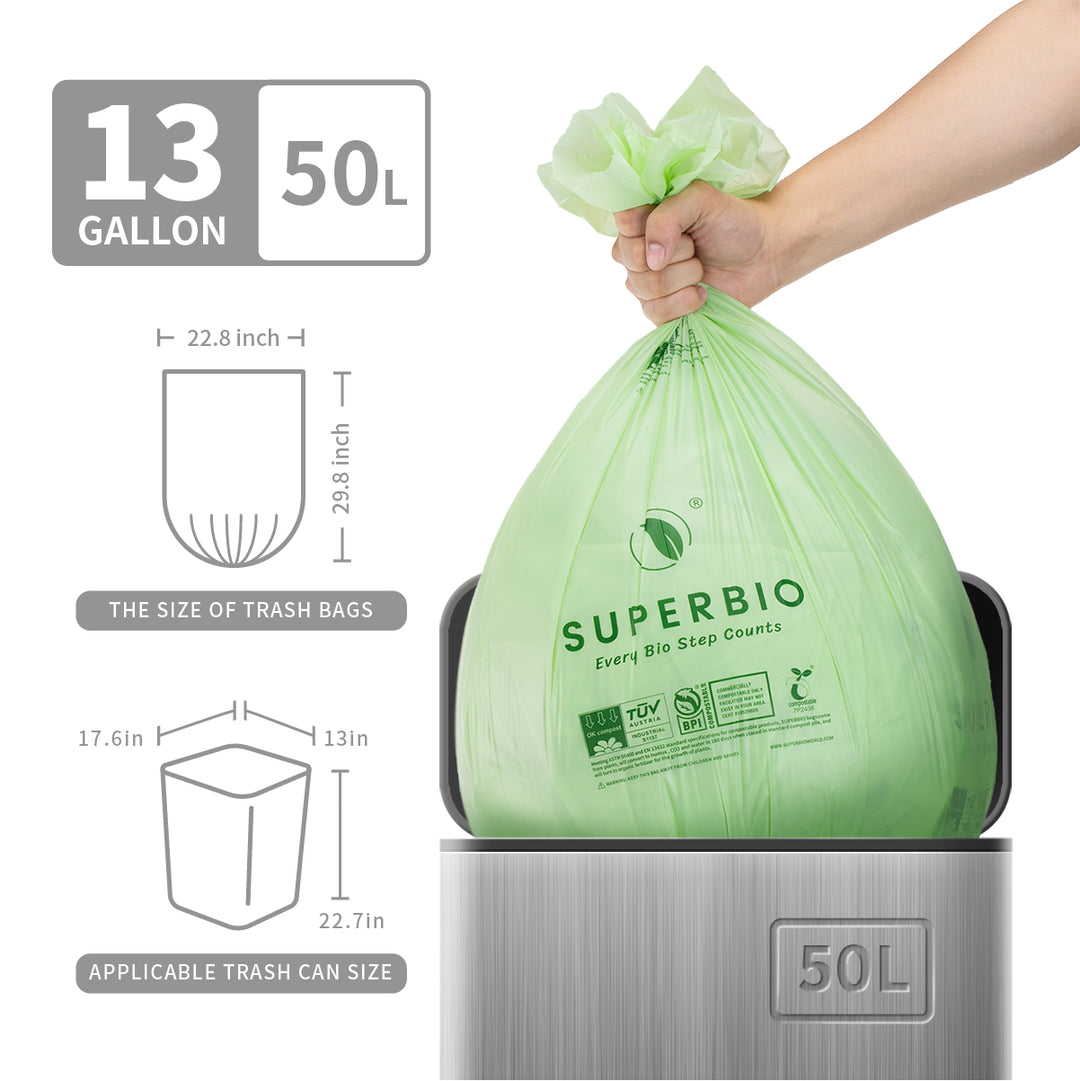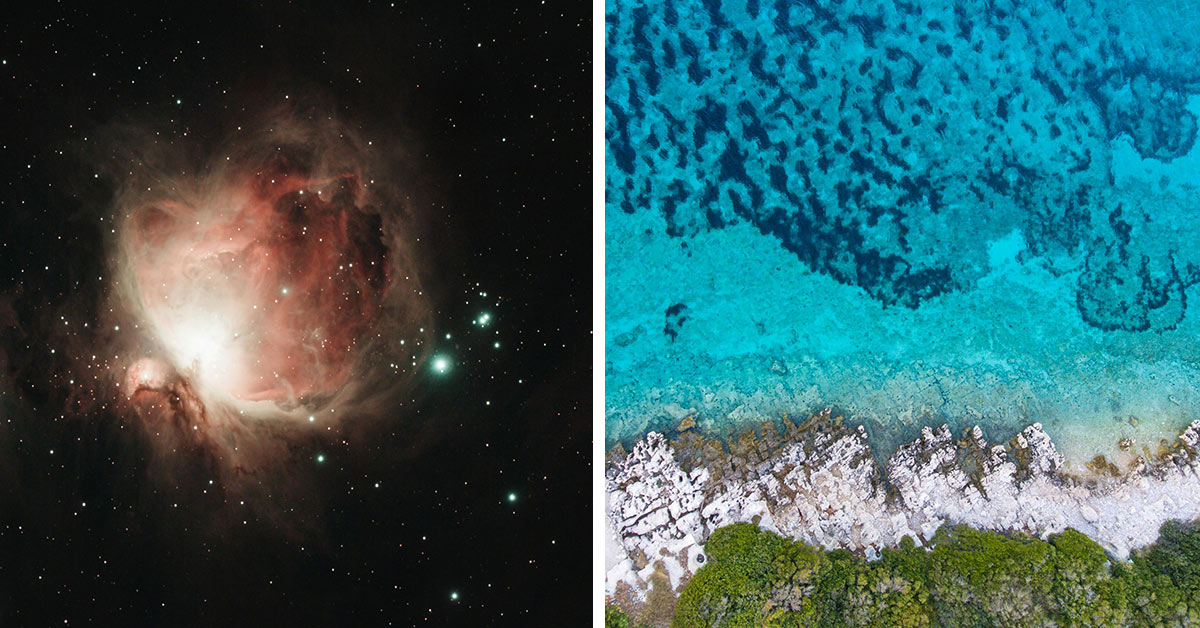Ghostly Barrels Are Turning The Deep Into Dead Zones, But What Is In Them?
Off Los Angeles, corroded barrels sit 900 meters down. Many wear pale rings in the sediment. Those “halos” are finally getting an explanation thanks to new sampling around the dump sites near Catalina.
Early suspicion tied the barrels to DDT. New evidence points elsewhere, with alkaline leaks shaping these eerie circles, Live Science reports.

The dump field spans multiple deep-water sites.
Not DDT in the Drums
Researchers cored sediments at set distances from five barrels. DDT and its breakdown products were common in the wider basin. Yet levels did not spike near the drums, indicating most haloed barrels aren’t the pesticide’s source, according to Smithsonian Magazine. That aligns with the region’s history: for decades, companies dumped many wastes at 14 deep-water sites, from refinery byproducts to explosives and radioactive materials, ScienceAlert reports.

Alkaline waste behaves like a long-term pollutant.
Alkaline Waste Leaves a Chemical Signature
Three halo-surrounded barrels revealed extremely basic conditions. Sediments hit a pH near 12 and hosted sparse microbial life, evidence of caustic alkaline waste leaking out, according to a peer-reviewed study highlighted by ScienceDaily. As the high-pH fluids seeped into seawater, they reacted with magnesium to form brucite, a concrete-like crust. That crust slowly dissolves, maintaining high pH and precipitating calcium carbonate that settles as white dust—the visible halo.
A Toxic Micro-Habitat
The chemistry reshapes biology. The team found only a handful of microbes that tolerate such extremes, akin to species at hydrothermal vents or alkaline hot springs, Smithsonian Magazine reports. With most microbes excluded, the knock-on effects likely reach up the food web. The persistence matters: the alkaline imprint has endured for more than 50 years and should now be viewed as a long-term pollutant in its own right.
Scale and Context
The dump-zone is vast. Robot surveys mapped ~27,000 barrel-like shapes and over 100,000 objects across the seafloor, according to Live Science. Roughly a third of the visually confirmed barrels show halos, a rough ratio that could shift as more targets are inspected.
Meanwhile, separate mapping in the San Pedro Basin found widespread DDT “hot spots” across sediments, giving crucial context for how contaminants move and persist in the deep, as reported by The Santa Barbara Independent.
What Comes Next
The halos now function as a field clue. They can help prioritize which barrels likely held alkaline waste for follow-up, containment planning, and risk assessment, according to ScienceDaily. Physical removal of DDT-laden sediments is impractical and risky; researchers are also exploring microbes that might slowly break down legacy pollutants. Continued mapping and core work will be essential as scientists piece together what, exactly, was consigned to the deep.




























































































